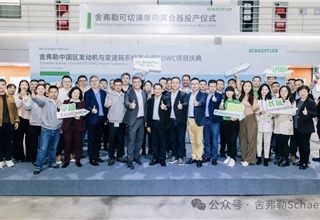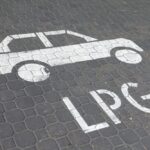Schaeffler Launches Production of Shiftable One-Way Clutch at Taicang Plant
Shanghai (Gasgoo)- On November 19, Schaeffler officially started manufacturing its shiftable one-way clutch at its Taicang facility in China, marking a significant milestone for the company.

Photo credit: Schaeffler
The shiftable one-way clutch is a cutting-edge product designed for all-wheel-drive (AWD) new energy vehicles. It allows for quick decoupling of the wheel-end drive in two-wheel-drive (2WD) mode and seamless transition to 4WD mode when needed. This not only enhances vehicle performance but also improves fuel efficiency, leading to longer driving ranges.
Rainer Schuebel, Head of Schaeffler’s Engine and Transmission Systems business unit, highlighted the company’s commitment to meeting market demands and customer needs. The successful mass production of the shiftable one-way clutch is a testament to Schaeffler’s expertise in powertrain applications and efficient production processes.

Photo credit: Schaeffler
The shiftable one-way clutch is strategically positioned at the vehicle’s half-shaft position. In its disengaged state, it disconnects the wheel from the auxiliary drive system, reducing drag losses and improving overall vehicle efficiency. The system can swiftly switch to 4WD mode to meet high-torque power demands, with an impressive engagement time of just 0.08 seconds and a 100% success rate.
Utilizing advanced one-way clutch technology, the system employs an electromagnet and cam plate for disengagement using wheel-end power. This design offers energy efficiency, simplified controls, and enhanced reliability compared to traditional motor actuators. The radial engagement design eliminates jolts caused by axial engagement during gear impacts.
The shiftable one-way clutch is a versatile add-on solution that seamlessly integrates into existing vehicle architectures without the need for major modifications. This flexibility streamlines vehicle development processes and reduces costs. In testing scenarios, the system has shown up to 10% energy savings under the WLTC, translating to significant benefits for electric vehicles in terms of battery efficiency.





